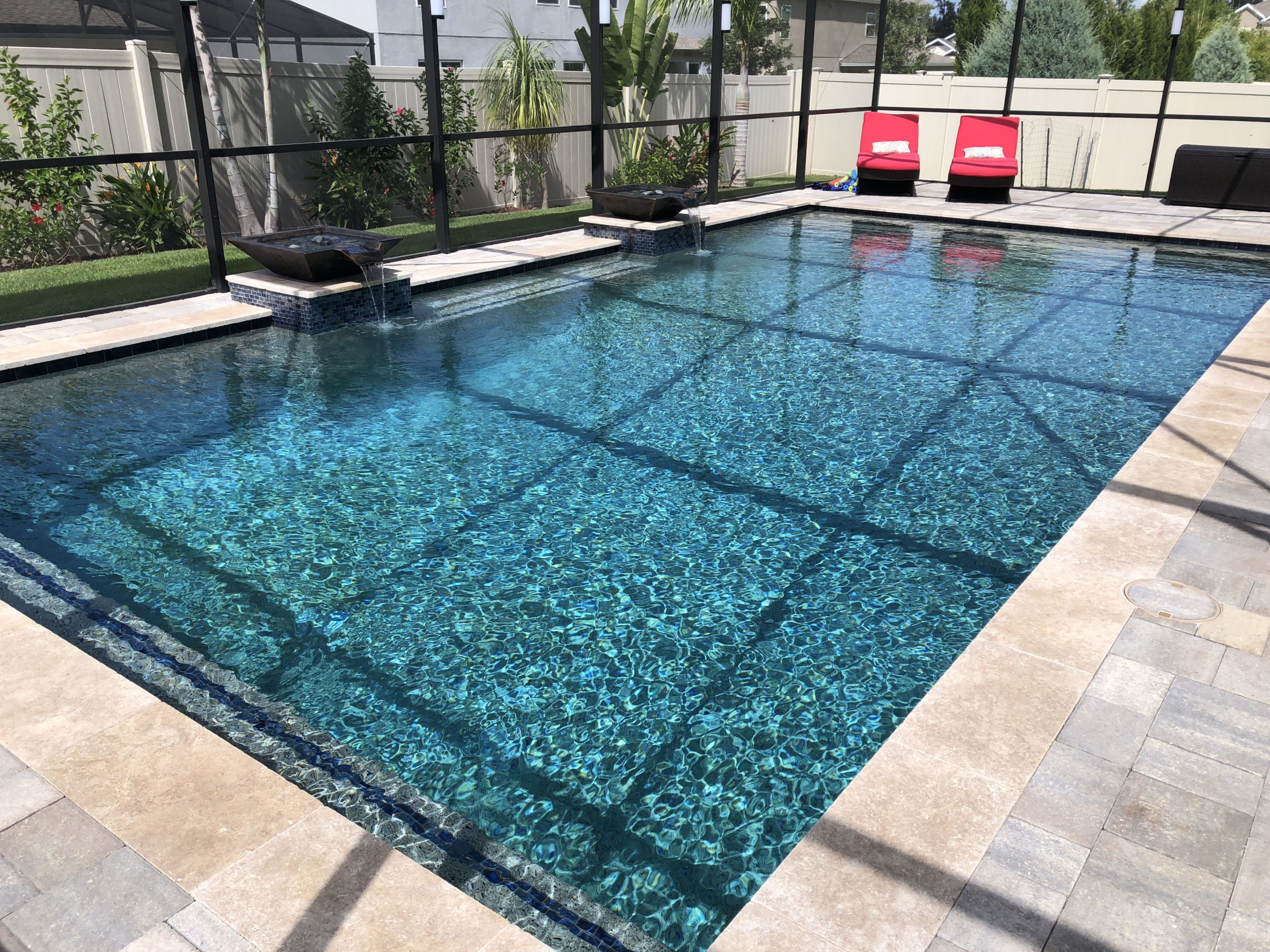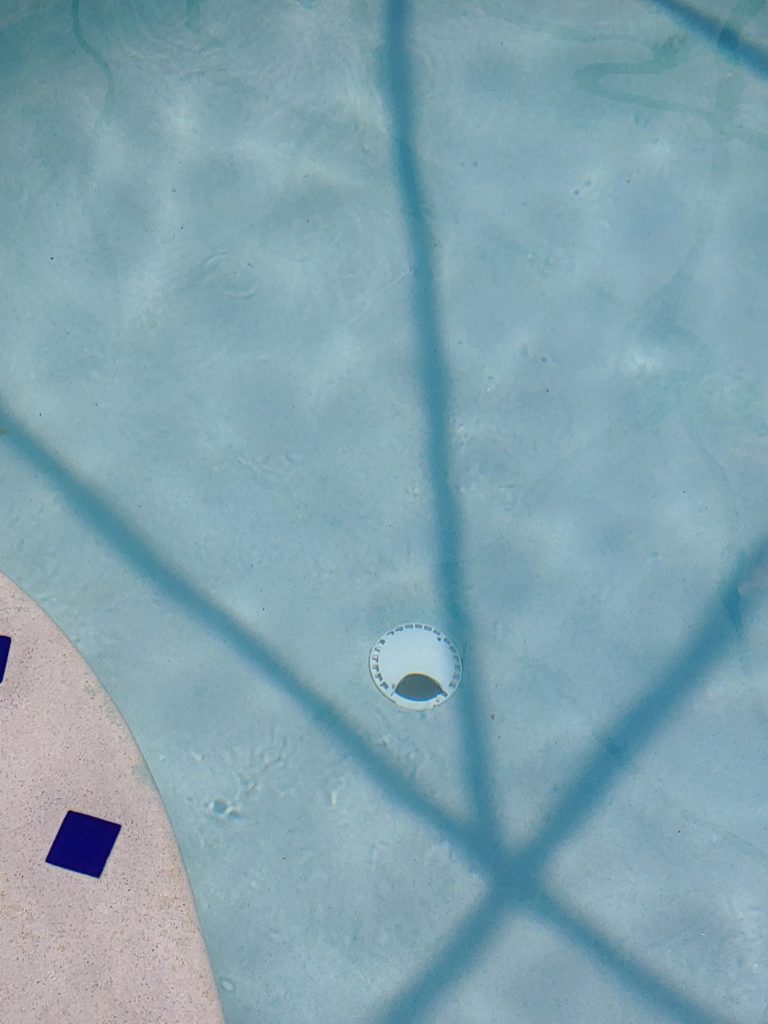
Main Drain Safety
Are pool drains dangerous? Simply put, yes. However, not to cause alarm with swimmers and pool owners, the vast majority of pool drains pose no risk to occupants when properly covered, but the reality is that pool main drains can be dangerous.
What is so dangerous about pool drains?
Pool and spa drains, when completely covered, can create underwater suction with enough force to trap even the strongest swimmers below the surface.
As a result of past injuries and tragic incidences, there have been changes to the swimming pool industry regulating how main drains can be installed; thus, avoiding, or at least reducing, the potential for entrapment hazards. In 2008, the Virginia Graeme Baker Act (VGB) was passed. This Act requires all public pools to have anti-entrapment drain covers.
Residential pool laws vary based on state and/or municipality codes. While codes may vary, it is important to have VGB-compliant main drains secured in place at all times.

A pool or spa should never be occupied when a main drain cover is missing, cracked or broken until it is properly replaced.
What steps can be done to help prevent pool or spa drain entrapment and injury?
According to the United States Consumer Product Safety Commission (CPSC), there are steps that should be followed to ensure the fun and safety of all swimming pool users while reducing the hazard of main drain entrapments and entanglements.
- Always visibly check any pool or spa before entering.
- Make sure children do not play or swim near drains or suction outlets.
- Never enter a pool or spa that has a loose, broken or missing drain cover.
If you are unsure of a pool or spa drain cover, contact a licensed swimming pool professional to inspect your drain cover to make sure its VGB-compliant and properly secured.
There is no single safety device or protective measure that will completely safeguard your pool or spa nor prevent every possible accident. Incorporate several lines of safety protocols. Devices and barricades aren’t a substitute for an adult with a watchful eye. Never allow a child near water unsupervised, even if they can swim.



